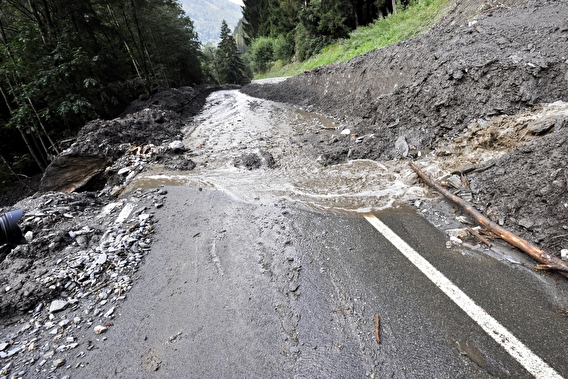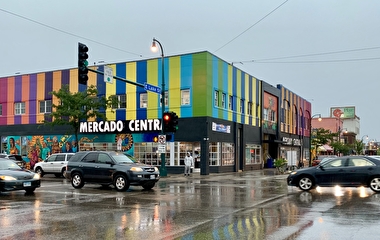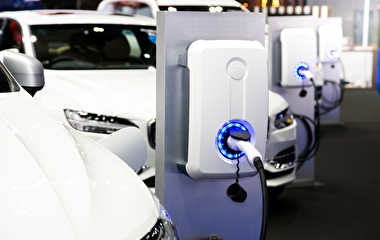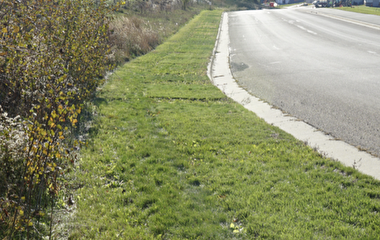
State and federal leaders explored transportation infrastructure priorities at the afternoon keynote presentation of this year's CTS Transportation Research Conference, held virtually on November 4.
During the session, Andrew Wishnia and Margaret Anderson Kelliher discussed how infrastructure investments will be viewed through the lenses of climate change, equity, and safety as the nation moves forward with the implementation of the new federal infrastructure bill.
“We are on the precipice of passing a transformational infrastructure bill that represents… realigning our priorities for infrastructure,” said Wishnia, the deputy assistant secretary for climate policy with the US Department of Transportation. “We’re excited not only about the ambition but also the scope of this bill, which has climate and sustainability principles woven through it.” [President Biden signed the bill on November 11.]
The goal of reaching net zero carbon emissions, he said, underpinned the new federal infrastructure bill through four key objectives: reducing trips by considering land use and multimodal transportation options, shifting trips away from single-occupant vehicles, improving trips through electrification, and supporting “natural infrastructure” that removes carbon emissions from the atmosphere.
To realize the vision of the transportation bill, Wishnia said the federal government aims to work closely with state and local transportation agencies. “One of the principles is the idea of local control,” he said. “We want to ensure that locals have not just the resources but also the support they need.”
At the state level, Commissioner Anderson Kelliher said the Minnesota Department of Transportation (MnDOT) is looking forward to the new bill, which aligns closely with many of the agency’s current goals. “We know that transportation is the number-one source of greenhouse gas emissions in Minnesota—and making an impact on that is where a lot of our work has been focused,” she said. “We are currently seeing the effects of climate change not just on human life but also on the actual transportation infrastructure in terms of pavement damage from extreme heat, flooding, roadway ice, and slope failure.”
To address these issues, MnDOT has formed the Sustainable Transportation Advisory Council to determine the best path toward decarbonizing Minnesota’s transportation sector; the committee has recommended a preliminary goal of reducing vehicle-miles traveled in Minnesota by 20 percent by 2050. MnDOT is also collaborating with other Midwestern states, local governments, utilities, and stakeholder groups to form the partnerships needed to address climate change.
“Climate change doesn’t care about the boundaries between cities and states,” Anderson Kelliher said. “We have to work across those boundaries to put climate plans in place because no one group or agency can do this work alone. We need both leadership and partnership, and that will allow us to move forward together.”
In addition to its focus on climate change, MnDOT is continuing to focus on repairing and enhancing existing infrastructure, with an eye toward safety improvements and crash reduction. It is also expanding opportunities for multimodal transportation and partnering with the public health sector to promote public health and equity in transportation.
Writer: Megan Tsai


